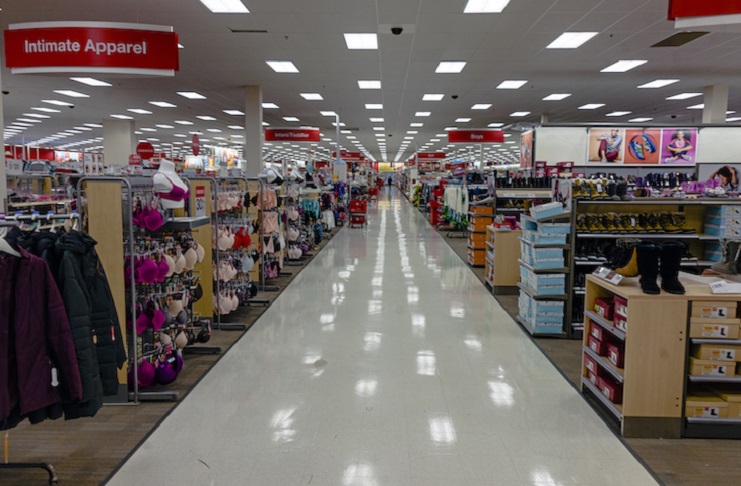Retail giant Target posted a lower year-on-year net income last May 20. However, it also posted higher than expected earnings and revenue in the same earnings report.
Market Watch says this was brought about mostly by the influx of panic buying at the start. Afterward, the migration of shoppers to online shopping options sustained sales throughout the rest of the quarter.
Lower earnings, but better than initial forecast
The company posted a net income of US$284 million [AU$435 million], versus total revenue of $19.62 billion. This was a mere 36% of its previous year’s net income of $795 million.
This also meant that the prices of shares went down by $0.97 to $0.56. However, this beat the forecast of $0.44 per share.
The company’s total revenue was also up by $1.99 billion last quarter. A 141% increase in online sales was largely responsible for this.
The different waves of shopping
The retailer observed a variety of shopping habits throughout the three months of the quarter as the coronavirus pandemic set in.

The first month prior to the pandemic, people still shopped normally. This slowly gave way to waves of panic buying as time went by, and people focused on stockpiling basic goods and necessities.
In the third month, shopping habits started to normalize. People started to buy more non-essential items.
However, by this point, people were making fewer shopping runs. Each run, however, saw a checkout total average of 12.5% higher than previous, as people started buying more goods.
Target CEO Brian Cornell told Reuters that “last quarter was unlike anything I’ve ever seen.”
“It was intense, it was volatile, it was stressful for our guests and the country,” he added. The company’s website saw the activity of 5 million users, a first for Target’s digital arm.
The retailer saw an increase in same-day services as well, as more of their buyers started using in-store pick-up, Drive-up, and Shipt services to get their items safely.
Target’s biggest expense during the quarter
The operating cost of the company went up by 11% last quarter. A huge part of the company’s expenses included $500 million that went towards battling COVID-19.

Target increased its front line workers’ hourly wages by $2, which it plans on maintaining until the fourth of July. This means that the company will have been keeping this program on for two months by the time it ends.
It also spent more on sanitation and protective equipment, in order to keep its employees and shoppers alike safe.
Images courtesy of Mike Mozart, m01229, Daniel Case/Flickr
The post Target posts lower 1Q20 but sales buoyed by coronavirus shopping appeared first on Micky.